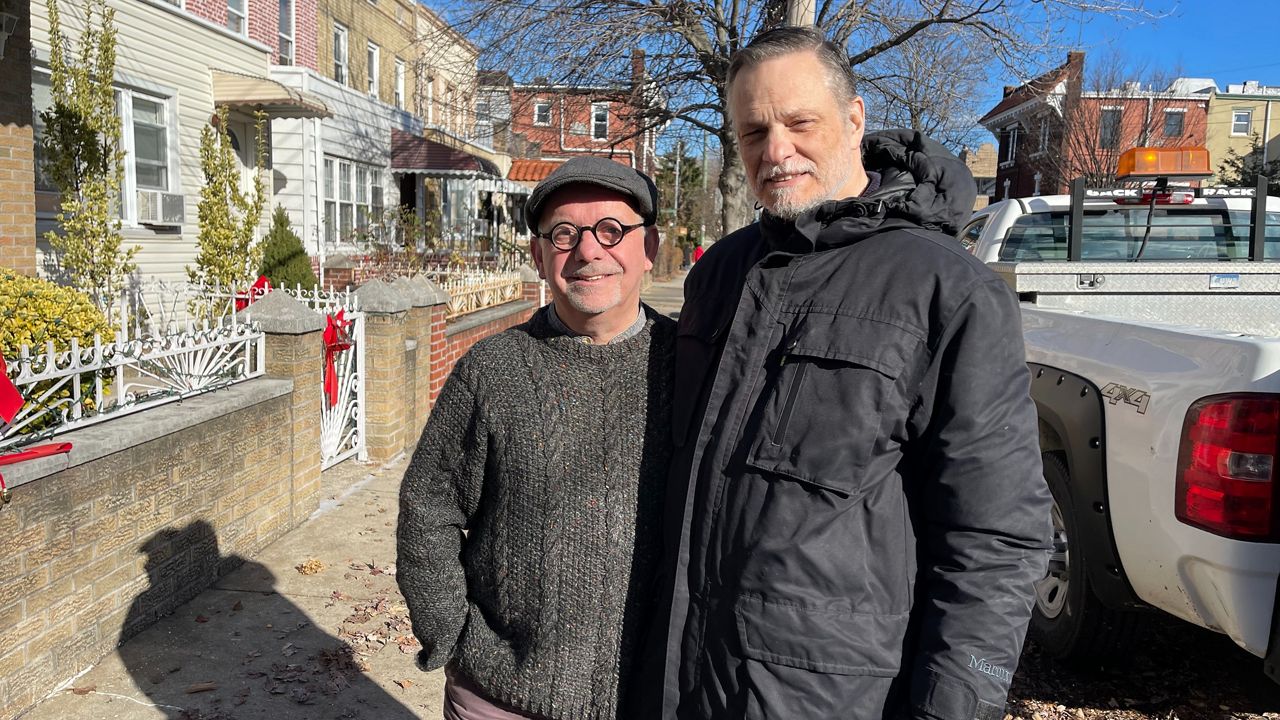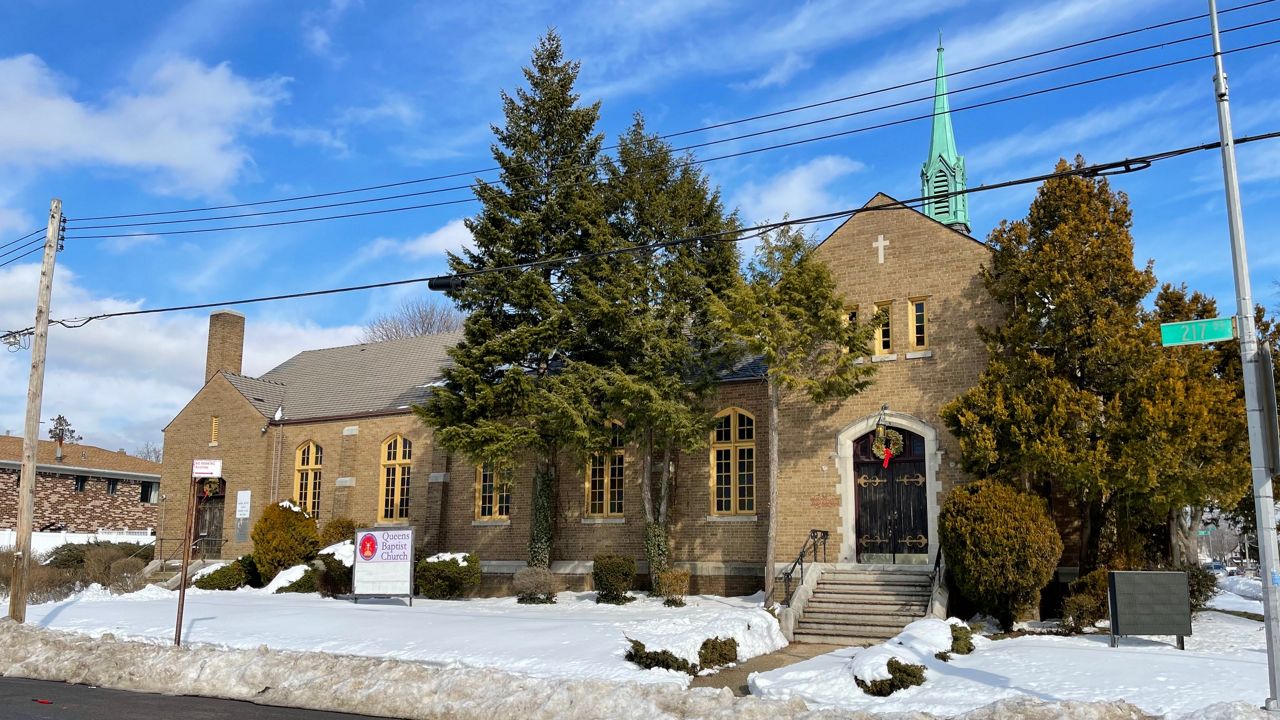New York City is home to many homeless cats, in all shapes and sizes. And while there’s no official tally on the city’s homeless cat population, one nonprofit organization called “Flatbush Cats” estimates there are about 500,000 community cats across the city.
One Queens woman, Victoria Koulouris, is taking matters into her own hands, to give feral felines a second chance at life.
“All of my life, if I’m not at work at my nine to five job, is spent in some kind of service to cats,” Koulouris said.
She runs LIC Feral Feeders, a cat rescue group, and transformed her house into a cat sanctuary.
Koulouris said she’s always been a cat lover. Her mission now is to stop what she describes as an ever-growing cat overpopulation problem in and around her neighborhood. She said she has her hands full.
“It’s craziness, it’s complete chaos,” Koulouris said.
As a one-woman show, she relies on community members for support, like to adopt some of the cats and be guardians of the night or “feral feeders,” as they call themselves. These are people who visit cat colonies, including in construction areas, to set out bowls of food and water.
The problem of feral cats is hardly limited to Queens. The Humane Society of the United States has been advocating for city and state involvement for years.
“This is a real problem, it’s a humane issue, it’s a safety issue, it’s a health issue,” said Brian Shapiro, New York state director of the Humane Society of the United States. “Our municipalities and our state government need to fund these programs. Why? Because they work. They are proven nationwide to reduce the populations in these colonies.”
Shapiro believes the government should play a role in reducing the population of community cats. A bill to fund a Trap-Neuter-Return (TNR) animal control program was vetoed by then-Gov. Andrew Cuomo in 2015.
For Koulouris, the lack of support from the government doesn’t leave her with much hope. She’s skeptical the city will pay to help with TNR initiatives, especially given recent budget cuts under Mayor Eric Adams.
“This work is vital, very few people are doing it, and it’s absolutely necessary,” Koulouris said.
Community members like Rob Karol and his wife, who’ve adopted a cat through LIC Feral Feeders, said the work of Koulouris and others is vital for the neighborhood cats.
“We owe it to the cats to give them a safe space to be,” Karol said.
Koulouris said she’ll continue the mission one trap at a time, with or without government support.
While LIC Feral Feeders receives no city funding, the Mayor’s Office of Animal Welfare tells NY1, “New York City currently provides funding to nonprofit organizations to deliver critical programs and services in communities across the city to meet local needs and fill gaps in city agency services.”







